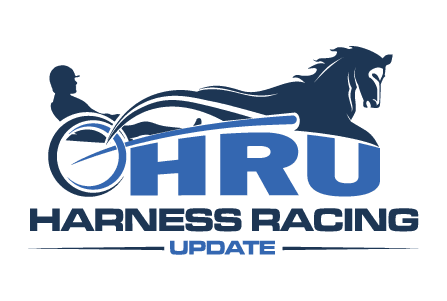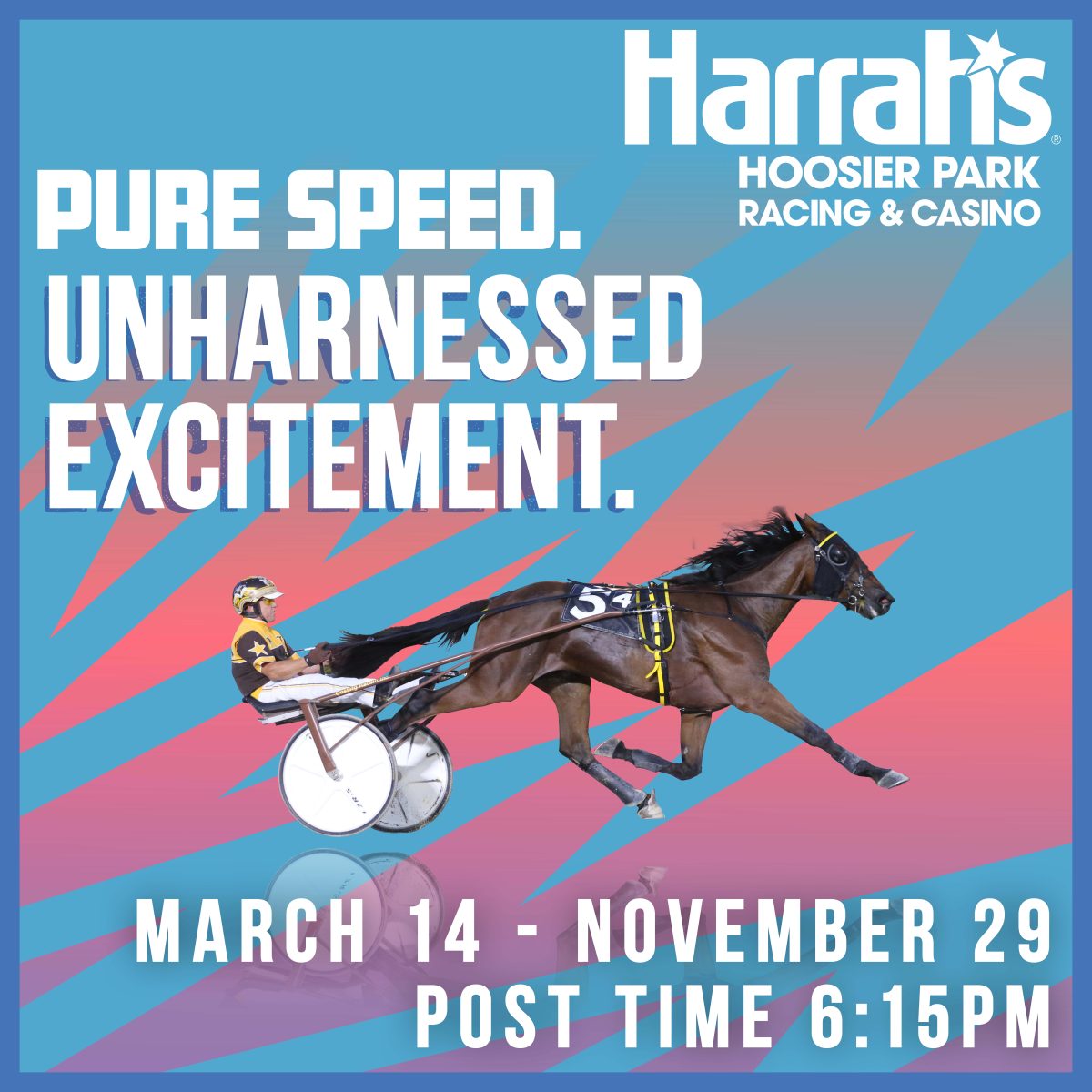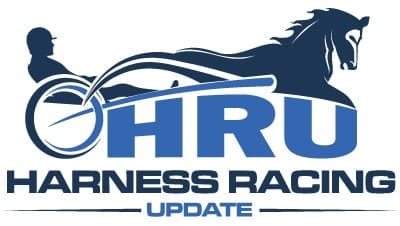USTA has reservations about Horse Racing Integrity Act
by Bill Finley
The Horse Racing Integrity Act (HRI), which has been kicking around the halls of Congress for years without gaining much momentum, has been reintroduced by Congressman Andy Barr (R-KY) and Congressman Paul Tonko (D-NY). However, this version comes with a new twist. While previous versions of the act covered thoroughbred racing only, the latest reincarnation also includes standardbred and quarter horse racing.
While the Jockey Club has been firmly behind HRI since its inception, its counterpart in harness racing, the United States Trotting Association (USTA), is not ready to commit one way or the other. However, USTA executive vice president Mike Tanner made it clear that the organization has some reservations about the legislation.
“Since the proposed legislation was introduced just last week and there hasn’t been an opportunity to convene the USTA Board or even its executive committee, we have no official position on the bill at this time,” Tanner said in an email response.
The main focus of HRI is to establish a central authority that would create and implement a national uniform medication policy. That authority would also oversee all drug testing across the nation. That role, should the act ever become a law, would fall to USADA, the United States Anti-Doping Agency.
“With growing momentum and support, the time has come for uniform medication rules in American horse racing,” said Congressman Barr. “Uniform rules will ensure the integrity and competitiveness of American horse racing and lay the groundwork for the future success of this great American sport. I am grateful for Congressman Tonko and our coalition for their work over the last two years to improve this legislation which has broadened our base of support and will help us to pass this bill into law.”
The latest version of HRI is even stronger than the prior version, released in 2015. The latest proposal calls for the elimination of all race-day medication. That, Tanner, said, is something the USTA is unlikely to get behind.
“I think that I’m safe in saying that the race day prohibition of Lasix would be very troubling to us,” Tanner said. “In 2012, we came out strongly in favor of it as a being an effective and humane treatment. That’s a position that’s echoed by several other equine groups, including the American Association of Equine Practitioners. It’s not just us, and we’re perplexed as to why this keeps coming around.”
Tanner said the USTA has still more concerns about HRI.
“Beyond that, we have concerns about the makeup of the proposed board, the fact that more that several key industry groups, including ours, were not consulted in the drafting of the legislation, and about the potential governmental allocation of fees to pay for all of this. Moreover, while we have long been in favor of a uniform medication schedule on a breed-specific basis, this isn’t that. This appears to be a “one-size fits all” proposition that treats standardbred racing, thoroughbred racing, and quarter horse racing as if they are one and the same, with the same issues and challenges — and that’s just not the case.
“We will be closely following the course of Barr/Tonko. I’m sure that we’ll have more to say about it in the coming months.”
The 2015 version of HRI had more than 90 co-sponsors, including the Water Hay Oats Alliance, the Kentucky Thoroughbred Association, the Jockey Club, and Keeneland Association. The primary opponents on the thoroughbred side are horsepeople’s groups.
The website govtrack.us estimated the chances that the 2015 HRI bill becoming law at only five per cent.
The next step in the process is to bill to a hearing in the House Energy and Commerce Committee.

















